For my third photoshoot I wanted to develop the idea from my 2nd photoshoot and improve it, taking conventional objects and adding more aspects into the images like backgrounds and multiple objects and layer them together. I also wanted to take inspiration from Mari Mahr and take personal objects from my life so they have conceptual reasoning into why i took the images.


Throughout this photoshoot i tried to arrange the objects in as many arrangements and compositions as possible, experimenting with the white balance and natural and artificial lighting to see which would produce the most aesthetically pleasing image. I also tried to emphasise the warm undertones of the objects so they had a more historic and aged look to them. I found the natural lighting work best for most of the images so it didn’t look so intense and harsh. I used a tripod for the photos where the angle of the image is from the side to make sure the photos were clear and detailed, but didn’t use a tripod where the photos are taken from a downwards angle. Many of the objects used in these images relate to my life an family.
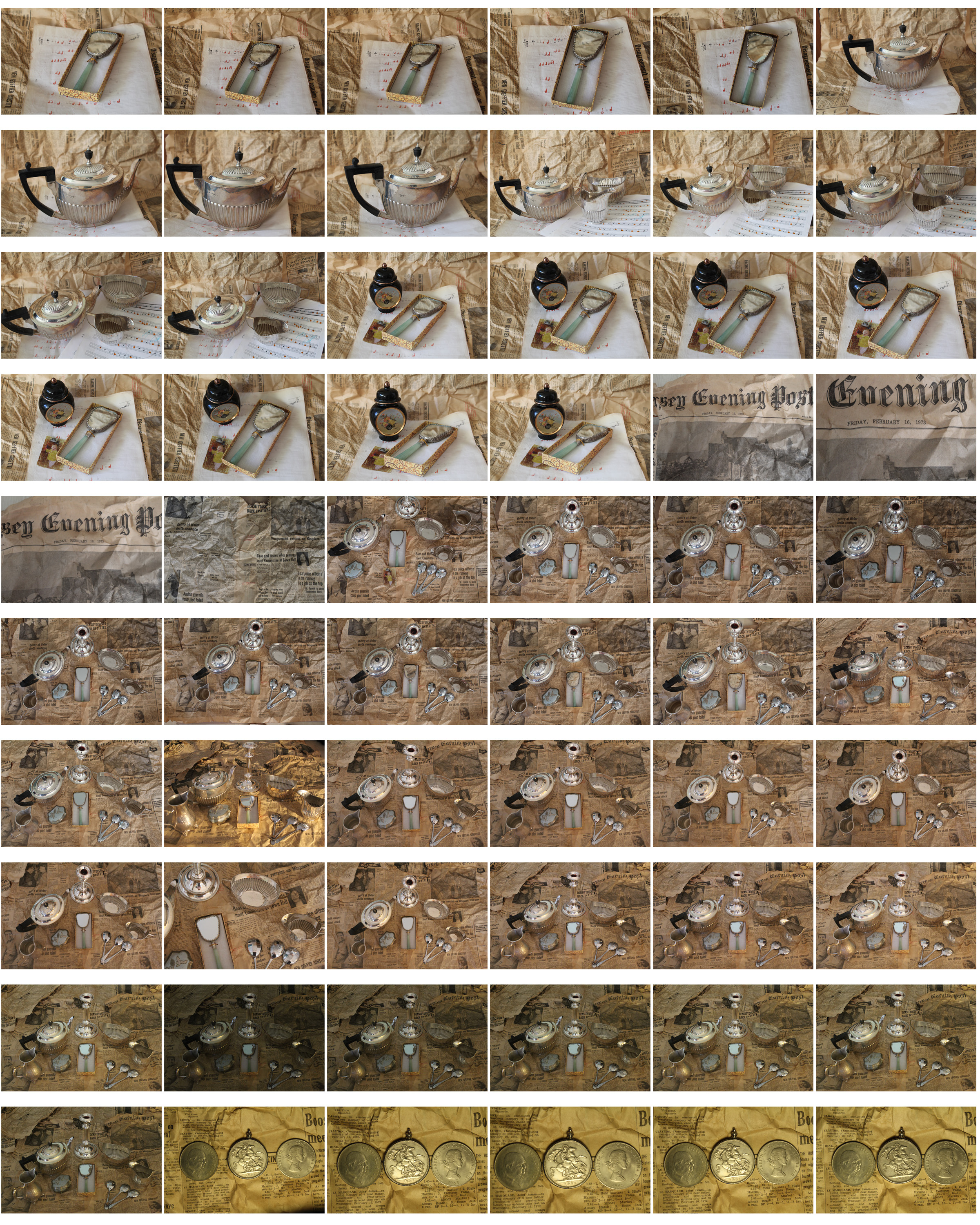
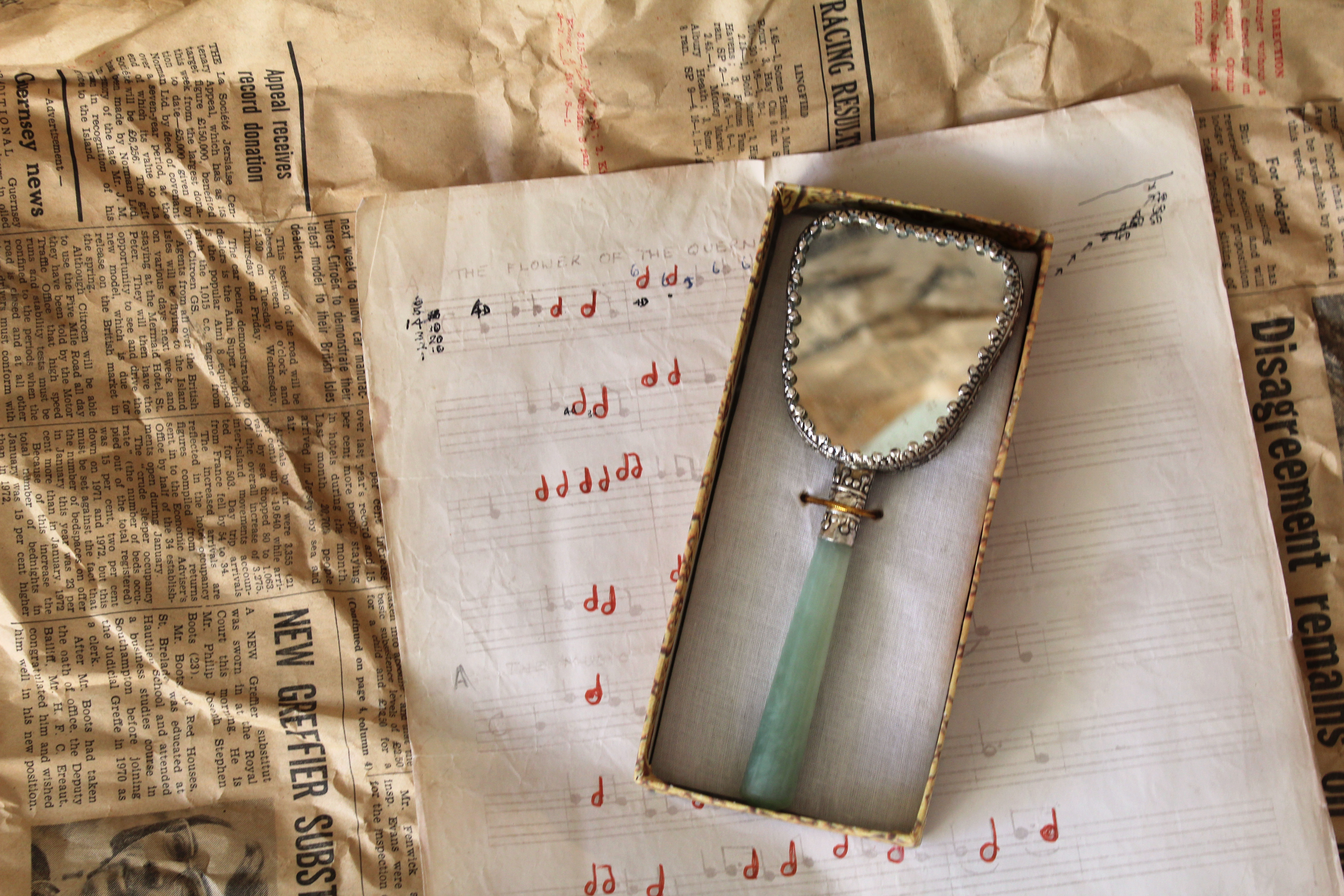
Technical
- I experimented with both artificial lighting and natural lighting and found that natural created a more authentic, personal look, compared to the artificial that made the objects look staged, manipulated and in the spotlight.
- The natural lighting coming from the left side lights up all aspects of the photo but focuses more on the left side of the image, emphasing the folds and creases in the newspaper and creating a small shadow on the right side from underneath the piano music.
- This allows for a range of tones to be presented. For many of my images in this photoshoot i used a tripod, but for this image i didn’t as it’s taken from an above angle, so i used fast shutter speed.
Visual
- The newspaper, used as one of the background layers in this image, creates an interesting texture as it dates back to 1973, showing how the condition over the past 45 years has deteriorated.
- The colour of the newspaper links to the other images as they all contain brown and yellow undertones, emphasisng the fact that what is being photographed is old. This contrasts with the off-white colour of the piano music, which also shows signs of ageing around the corners.
- The tones of the newspaper link into the colour of the outsides of the box containing the mirror. This makes the overall image more aesthetically pleasing as the colours and tones all complement each other and make for a more balanced image. I also reflected newspaper in the mirror so it wasn’t completely white and so it complements the newspaper background.
- I arranged the objects in a way so that the angles each object were placed at balanced each other out, e.g. the piano sheet music angled to the left, complemented the box with the mirror angled to right, together creating horizontal lines and different layers and aspects in the photo.
Contextual
- The mirror in this image was owned by my grandma, the piano music is something which my grandad sent me in a letter when i was younger, and the newspaper background, which is seen in most of my images from this shoot, is newspaper dated back to Feburary 16th 1973 which i found in a box where my great great grandma’s silver tea set was kept.
- This is my favourite image from this shoot as it includes different aspects of my family that are important to me, combined together and shown in one image.
- It also links closely into Mari Mahr’s work using deeply personal objects and resoning behind her images.
Conceptual
- The reasoning behind this image is to show how an image containing conventional objects can have historic links and also personal ones and that there is more to an object the what meets the eye as there’s probably a story or personal connection to it.
- For example, in this image I used objects from past family members displayed together in one picture showing how what might just look like objects arranged in a certain way actually have personal and autobiographical meaning with stories behind them.
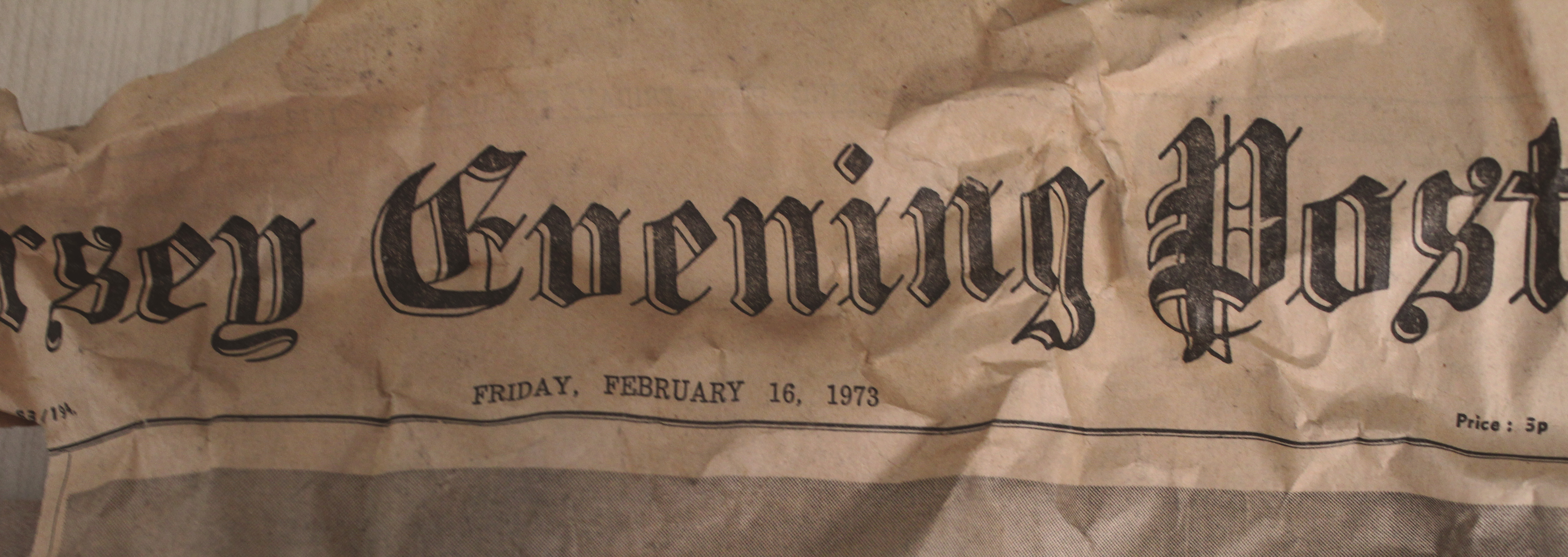
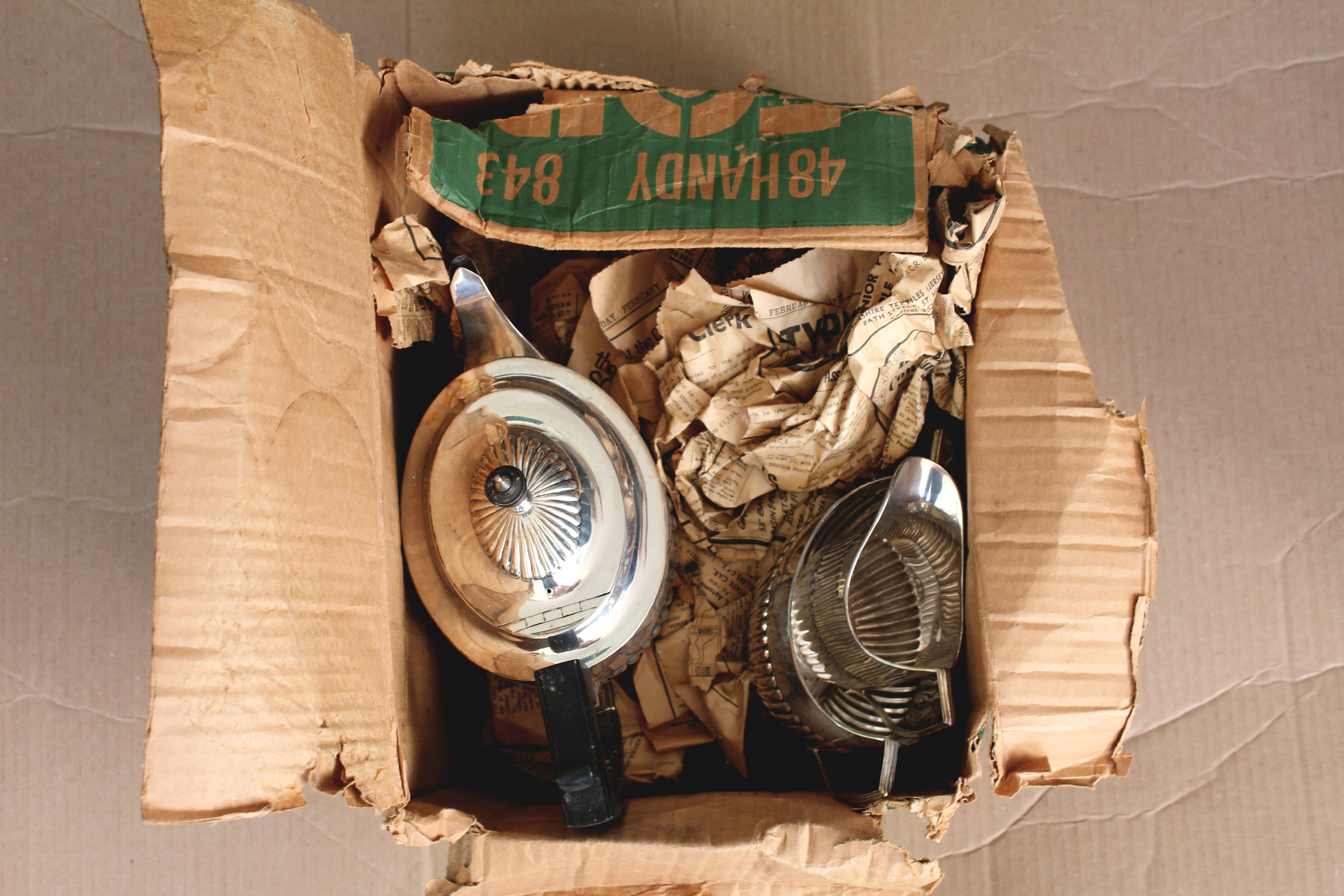




For this final image I displayed all the objects i had for this photoshoot together and arranged them in a symmetrical like layout. Most of the objects in this photoshoot were old silver conventional obects (tea pot, candle holder, teaspoons etc). In some of the images i included actual photographs, adding another element and layer to the image, making it more personal.

I chose the images i thought were most effective from the photoshoot and wanted to have them interpret Mari Mahr’s style of photography more, so i edited each one into black and white. I like the way these images turned out but think i prefer them edited in colour as they give off a more personal authentic feel with the warm undertones of the images. Although the images in black and white do give more emphasis to the small details in the images, like the creases and folds in the newspaper background and the shadows created, giving the image more texture and depth. The black and white also gives the images a more historic appearance like they were taken on a black and white camera at the time these obejcts were being used.
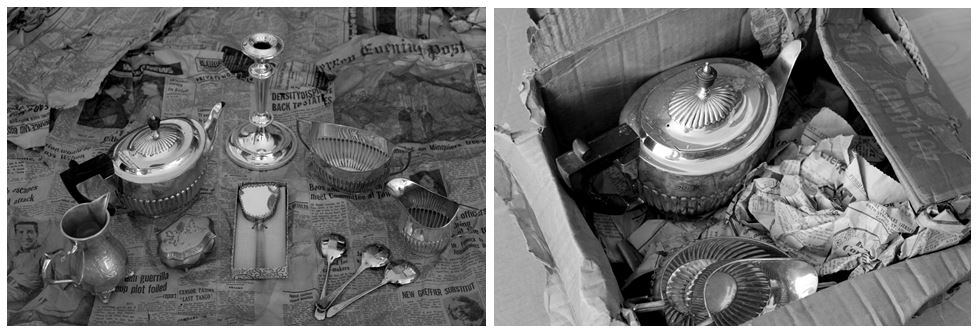

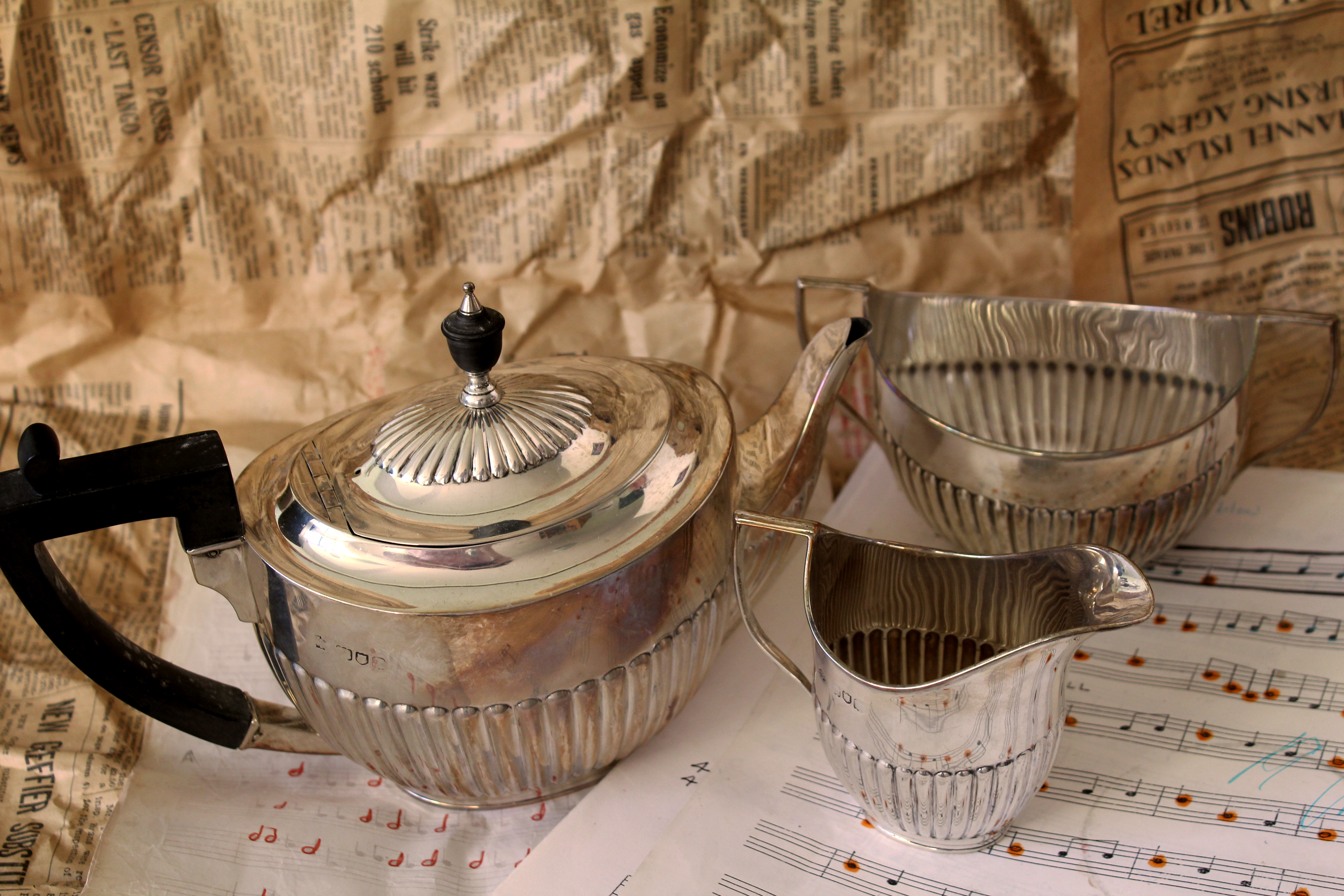
The tea set in this picture above was owned by my great great grandma and dates to 1896 (122 years old) so is late Victorian. The maker’s mark of ‘William Hutton & sons LTD’ is a London silversmith. The style is sometimes called ‘Queen Anne Style’ and is somewhat of a misnomer as the late Victorians reproduced the neo classical style of Georgian period with the tea set. It is also described as ‘half-fluted’ due to the decoration.
I decided to use this tea set owned by my great great grandma as it’s very personal and links into the work of Mari Mahr and how her work is deeply personal and autobiographical, yet addresses universal human concerns regarding where it is that each of us come from, and where it is that we each belong. It also interprets how she constructs her photographs from artefacts of her past life and that of her family.
In the second part of this photo shoot I took my great uncles camera and photographed it using a variety of backgrounds.
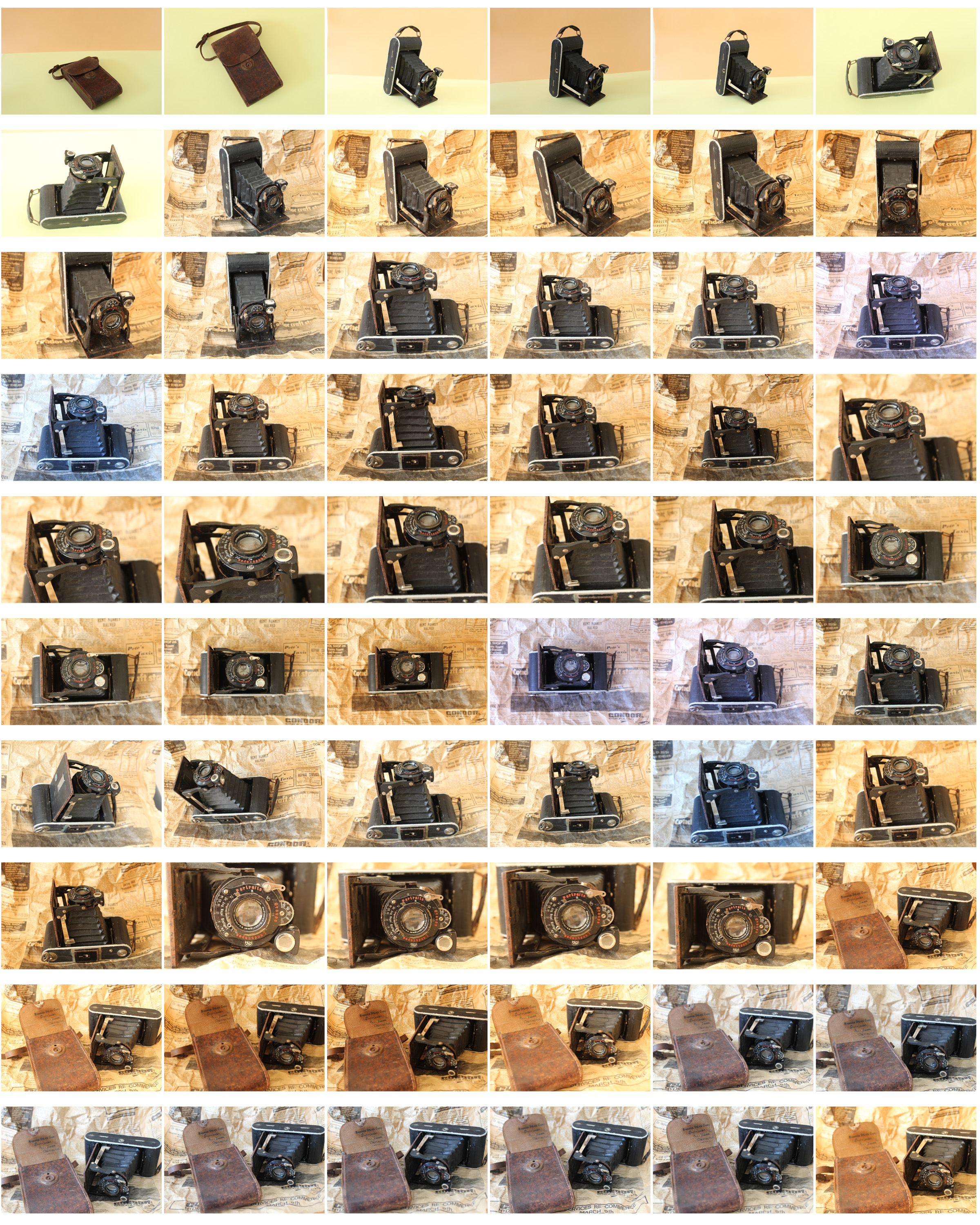

I decided to incorporate my great uncles camera into this photo shoot as it shows another aspect of my family, linking to Mari Mahr’s work again. I tried out two different backgrounds for this shoot, the same newpaper from 1973 used in the first part of this photo shoot, and solid coloured paper, creating a division horizontally through the center of my work. The image below is edited in black and white and has the background of two solid coloured pieces of paper. The different colours create lighter and darker tones in the background and emphasise the camera centered in the middle of the image.

I think this is a good continuation from my second photoshoot and shows how my ideas have developed over the two. In this photoshoot i included more aspects and layers to my images, adding backgrounds and multiple objects, rather than a black background, making the images look more natural and not staged.

 This is my favourite image that I produced throughout the whole of my coursework and each genre of photography we covered. I like it because it was during the landscape project that I realised the creativity in taking a photograph doesn't have to end once it is taken, yet a set of photographs can be fused together to make something ultimately better than one image. This photograph consists of many industrial buildings from around St.Helier. When some these buildings are seen standing alone they look dull and ugly with its only purpose is for practical reasons. But, when they are mixed with buildings of the opposite with architecture only created for the pleasance of its view, the ugly and the pretty compliment each other and create a grand fantasised superstructure.
The focal point of the image is the yellow telephone box I kept in colour. I did this because I wanted to target the attention onto an object that has been neglected by the uprising of mobile phones.
The image doesn't necessarily make sense in terms of lighting but I had to make use of the natural light I had on the day of the photoshoot. In a way however, it creates a deeper depth of field with the buildings further back darker than the buildings at the front. This doesn't destroy the illusion of the superstructure because of the choice I made to make it black and white, mirroring the work of Beomsik Won.
During the composition of the image was the most artistic I felt during the whole project I found out that my creativity wasn't limited in the actions of taking a photograph and printing it off.
This is my favourite image that I produced throughout the whole of my coursework and each genre of photography we covered. I like it because it was during the landscape project that I realised the creativity in taking a photograph doesn't have to end once it is taken, yet a set of photographs can be fused together to make something ultimately better than one image. This photograph consists of many industrial buildings from around St.Helier. When some these buildings are seen standing alone they look dull and ugly with its only purpose is for practical reasons. But, when they are mixed with buildings of the opposite with architecture only created for the pleasance of its view, the ugly and the pretty compliment each other and create a grand fantasised superstructure.
The focal point of the image is the yellow telephone box I kept in colour. I did this because I wanted to target the attention onto an object that has been neglected by the uprising of mobile phones.
The image doesn't necessarily make sense in terms of lighting but I had to make use of the natural light I had on the day of the photoshoot. In a way however, it creates a deeper depth of field with the buildings further back darker than the buildings at the front. This doesn't destroy the illusion of the superstructure because of the choice I made to make it black and white, mirroring the work of Beomsik Won.
During the composition of the image was the most artistic I felt during the whole project I found out that my creativity wasn't limited in the actions of taking a photograph and printing it off.






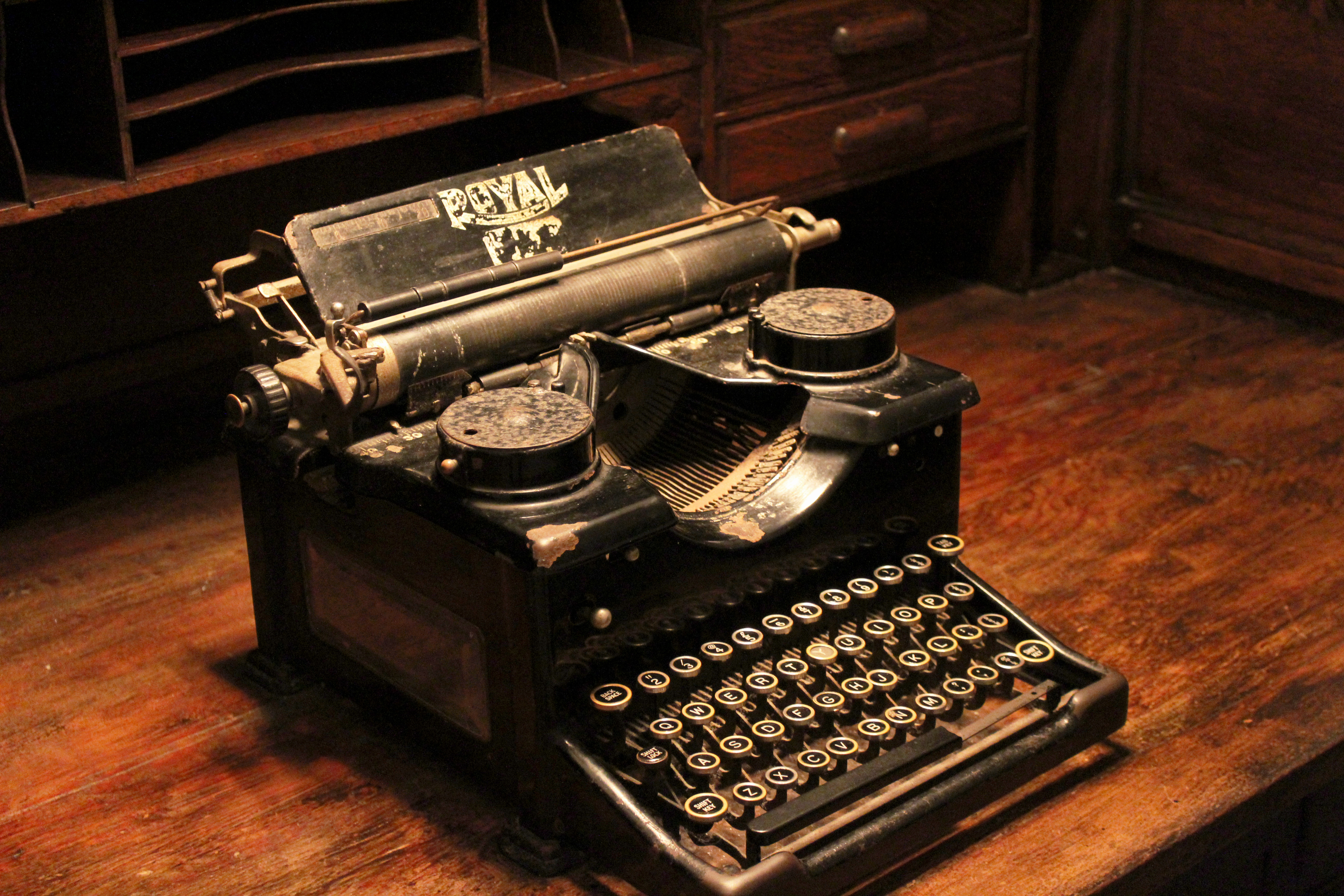




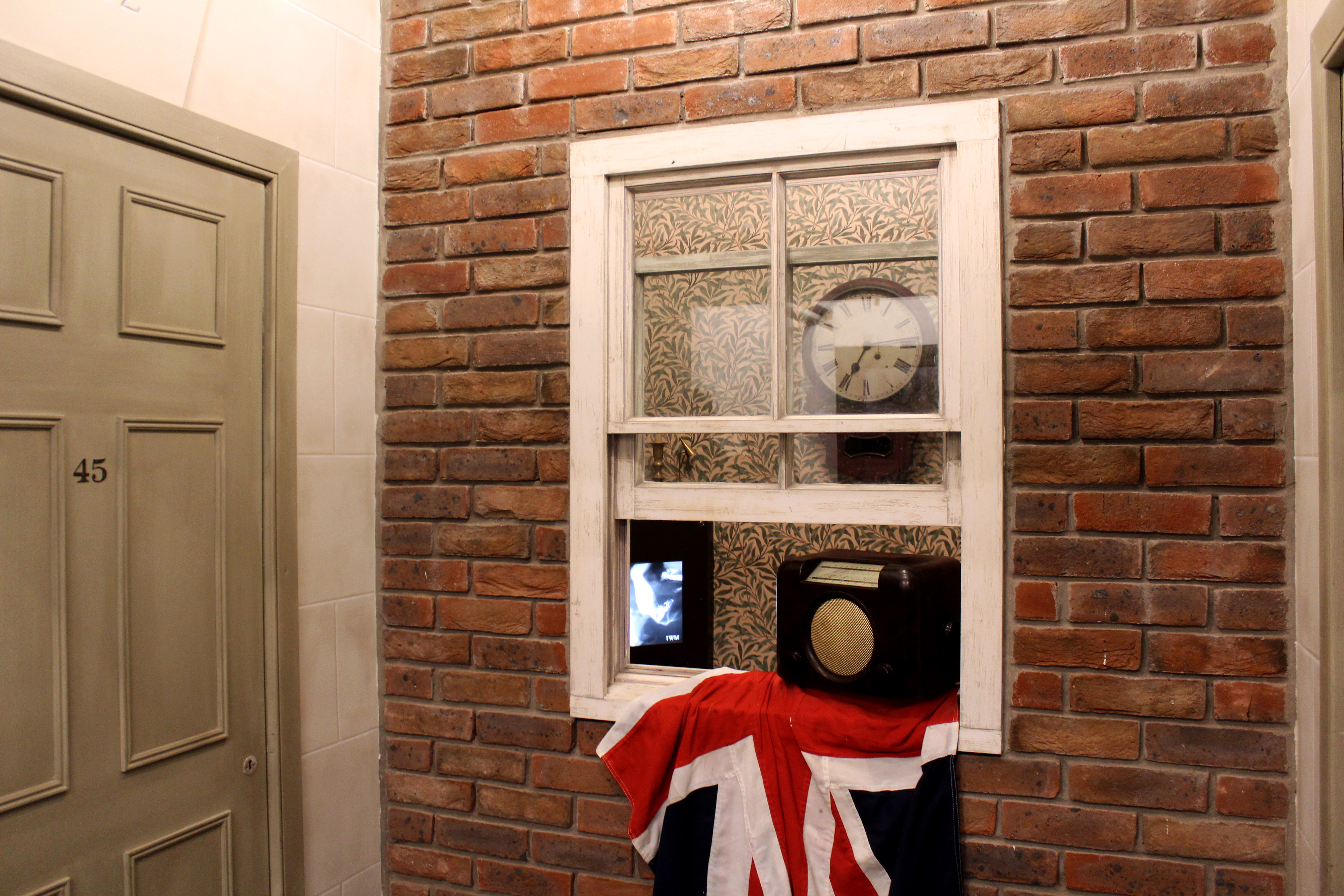















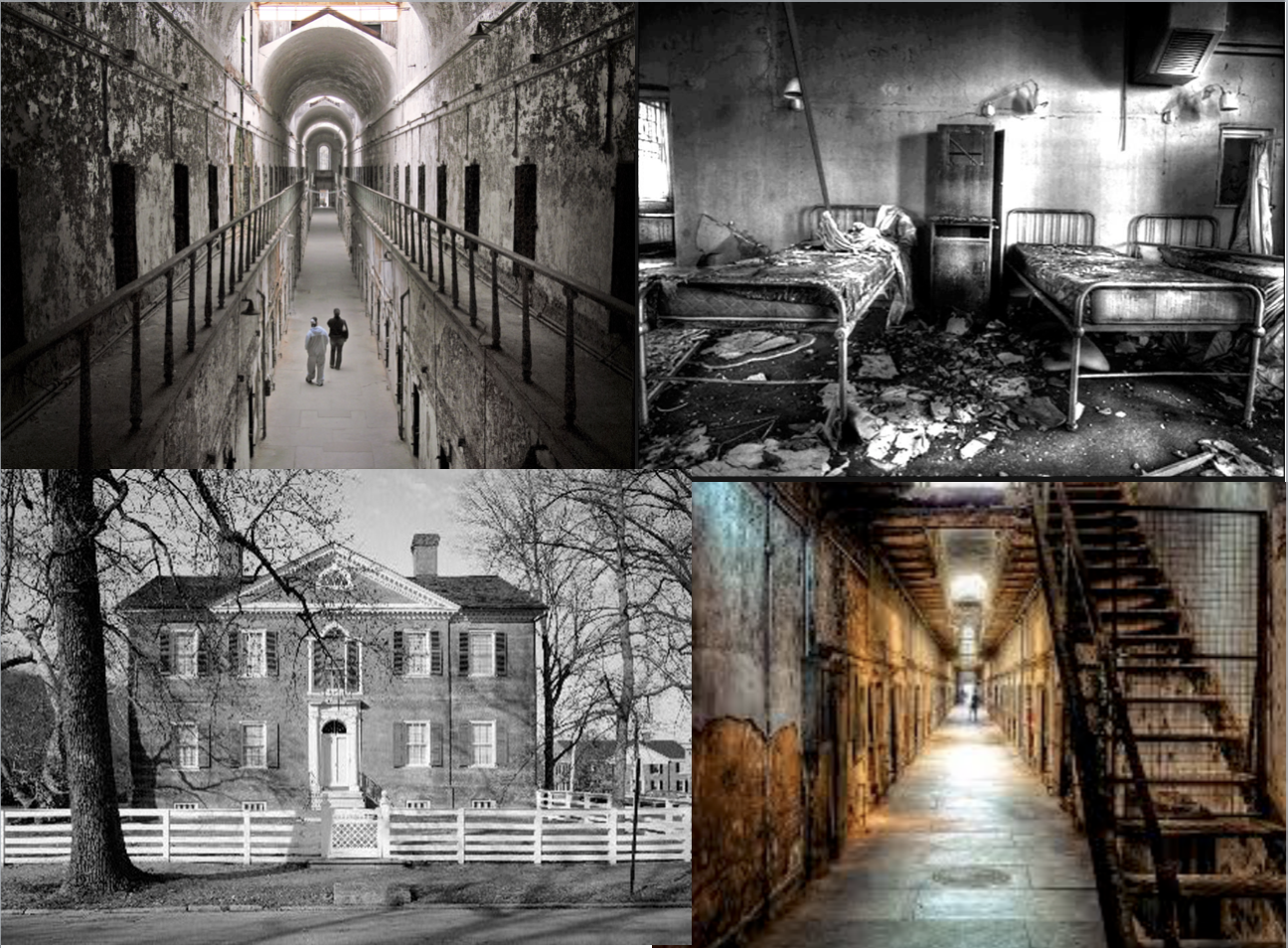

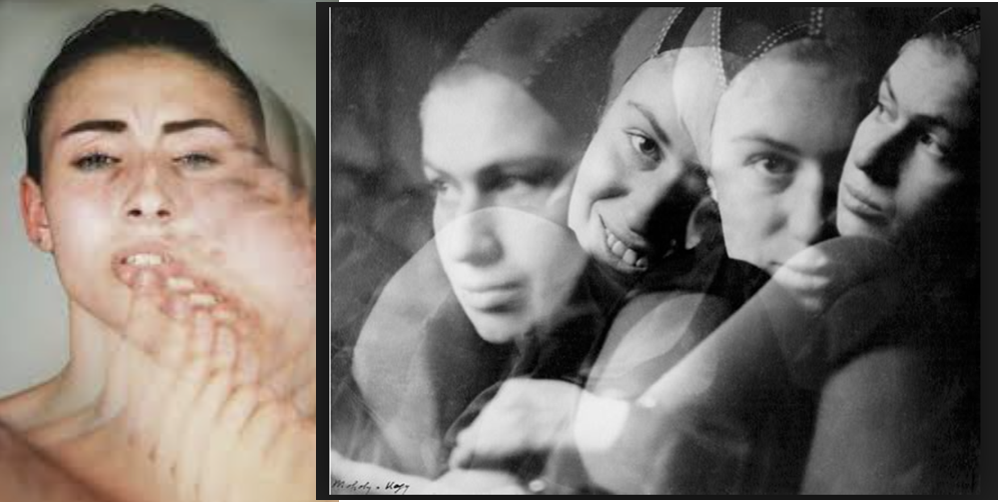




















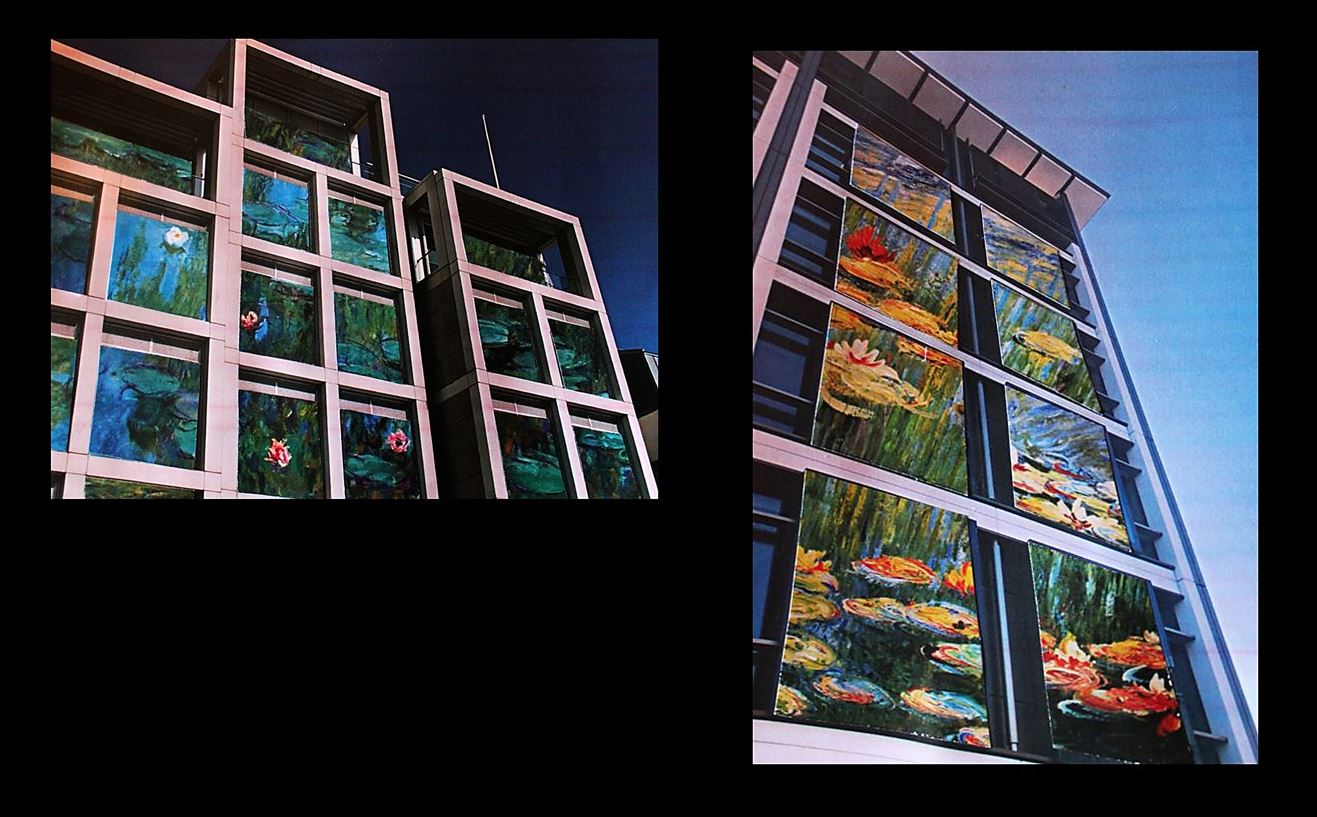

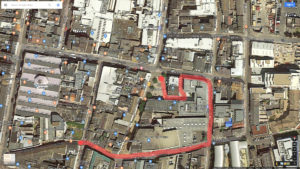

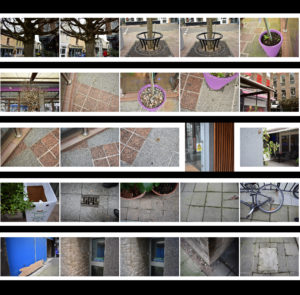
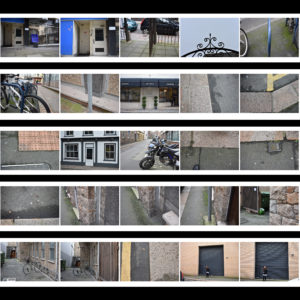


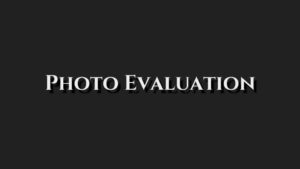

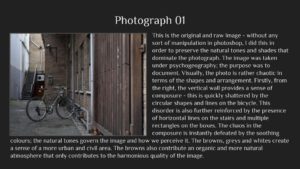
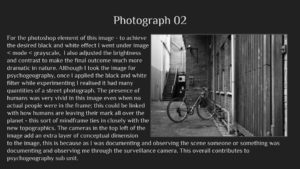
 I decided however to plan the shoot before I went ahead and did it. This would allow me to have a general idea before hand of what I wanted, and needed to achieve to produce an effective overall image regarding the topic of New Topographics. These are my ideas:
I decided however to plan the shoot before I went ahead and did it. This would allow me to have a general idea before hand of what I wanted, and needed to achieve to produce an effective overall image regarding the topic of New Topographics. These are my ideas: Once this was complete I decided it was time to move on to the shoot itself, and so decided to use the areas regarding the idea sheet of town, Grouville and St Brelades. These were my outcomes:
Once this was complete I decided it was time to move on to the shoot itself, and so decided to use the areas regarding the idea sheet of town, Grouville and St Brelades. These were my outcomes:

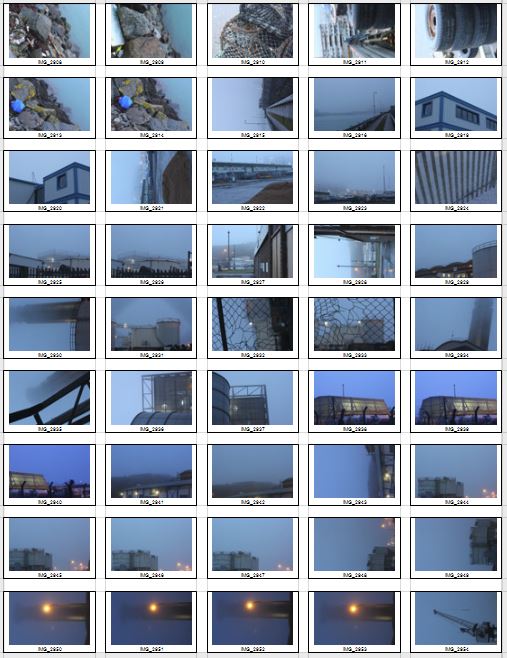
 Once the shoot was complete I narrowed the images down to only ten of my favourite pictures. By doing so it would make it easier for me to select the final image that I believe to be the most relevent and successful overall. These were my choices on the ten best images:
Once the shoot was complete I narrowed the images down to only ten of my favourite pictures. By doing so it would make it easier for me to select the final image that I believe to be the most relevent and successful overall. These were my choices on the ten best images:









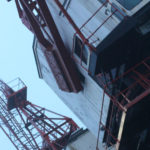
 I chose this image because of how I loved the clear contrast between nature and the taking over of it by man, seen by the run down sign surrounded by overgrown grass. I found this to be aesthetically pleasing created by the use of a depth of field, by doing so it blurs our the foreground and the background allowing only really the sign to be noticed properly which is where the eye is drawn. I found the slanted composition to be especially interesting by how it gives the impression of an overgrown and ruined world.
I chose this image because of how I loved the clear contrast between nature and the taking over of it by man, seen by the run down sign surrounded by overgrown grass. I found this to be aesthetically pleasing created by the use of a depth of field, by doing so it blurs our the foreground and the background allowing only really the sign to be noticed properly which is where the eye is drawn. I found the slanted composition to be especially interesting by how it gives the impression of an overgrown and ruined world. I selected this image due to once again the use of the depth of field that blurs the backdrop, this along with the use of the composition allowed for maximum effect, giving the impression of a world that eventually succumbs to nature. I found that the way that the fence was composition allowed for a sense of distance to the photo, with the use of neutral space on the right being filled with industrial buildings bringing the viewer into perspective of the area it was taken in.
I selected this image due to once again the use of the depth of field that blurs the backdrop, this along with the use of the composition allowed for maximum effect, giving the impression of a world that eventually succumbs to nature. I found that the way that the fence was composition allowed for a sense of distance to the photo, with the use of neutral space on the right being filled with industrial buildings bringing the viewer into perspective of the area it was taken in. What I loved about this image was the clear contrast and clear colors used to create an aesthetically pleasing outcome. This is done through contrasting colours blue and white which highlight features of the building, allow for such things as the door and bolts top pop out and draw the viewer’s attention. The composition I found also was aesthetically pleasing due to how the entire image is symmetrical which in consequence created a much cleaner and pleasing look.
What I loved about this image was the clear contrast and clear colors used to create an aesthetically pleasing outcome. This is done through contrasting colours blue and white which highlight features of the building, allow for such things as the door and bolts top pop out and draw the viewer’s attention. The composition I found also was aesthetically pleasing due to how the entire image is symmetrical which in consequence created a much cleaner and pleasing look. Within this image I found that there was obvious difference between nature and man-made structures. This is once again done through the use of a depth of field to which allows for the appearance of us peering through nature to find the man-made structures that surround everything, whilst showing how where ever nature is human activity is not far behind. I found that the gloomy colours within the image emphasised the destruction caused to the landscape by these structures and how nature and civilisation lives side by side.
Within this image I found that there was obvious difference between nature and man-made structures. This is once again done through the use of a depth of field to which allows for the appearance of us peering through nature to find the man-made structures that surround everything, whilst showing how where ever nature is human activity is not far behind. I found that the gloomy colours within the image emphasised the destruction caused to the landscape by these structures and how nature and civilisation lives side by side.  Finally I chose this image as I loved the reflection of cranes created by the aftermath of rain fall. This was partially down to how I thought it highlighted a clear contrast between nature and society, with the looming structures left behind, whilst at the same time creating a deserted and desolate feel to the overall piece. I found that the composition of the piece complimented the photo as it filled most of the negative space made by bricks, with various beams fading out of the image.
Finally I chose this image as I loved the reflection of cranes created by the aftermath of rain fall. This was partially down to how I thought it highlighted a clear contrast between nature and society, with the looming structures left behind, whilst at the same time creating a deserted and desolate feel to the overall piece. I found that the composition of the piece complimented the photo as it filled most of the negative space made by bricks, with various beams fading out of the image. What made me choose this photo as my final image was because how to me it summed up the clear contrast between human activity and nature. This was done by the composition of the grass creating the impression of it growing around the sign as if taking back the land seized by man, to which there is a clear difference in surrounding of the backdrop consisting of machinery and metallic structures that create contrast in not only surroundings but color. The use of depth of field creates a clear definition around the sign allowing for the eye to be drawn to it immediately with both the foreground and background complimenting it due to the drastic difference in colors and blur. To me this was the image that related the most to the topic of ‘New topographic’, which not only created a feel of the contrast between man and nature, but also of the deserted spaces that surround us in our everyday lives.
What made me choose this photo as my final image was because how to me it summed up the clear contrast between human activity and nature. This was done by the composition of the grass creating the impression of it growing around the sign as if taking back the land seized by man, to which there is a clear difference in surrounding of the backdrop consisting of machinery and metallic structures that create contrast in not only surroundings but color. The use of depth of field creates a clear definition around the sign allowing for the eye to be drawn to it immediately with both the foreground and background complimenting it due to the drastic difference in colors and blur. To me this was the image that related the most to the topic of ‘New topographic’, which not only created a feel of the contrast between man and nature, but also of the deserted spaces that surround us in our everyday lives.